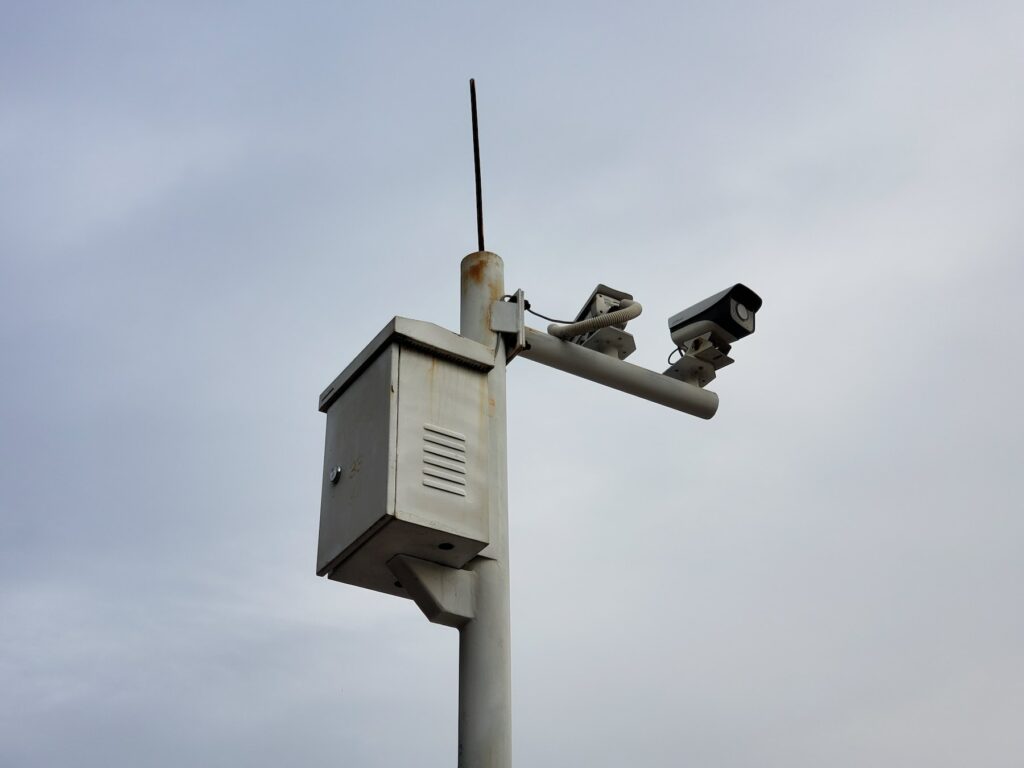![The ‘Giveaway Piggy Back Scam’ In Full Swing [2022]](https://www.cjco.com.au/wp-content/uploads/pexels-nataliya-vaitkevich-7172791-1-scaled-2-683x1024.jpg)

Unlocking Email Security: Master the Art of Spam Detection with Amazon SageMaker

As Seen On
As the digital world continues to evolve, one constant remains – the deluge of spam emails inundating our inboxes. Whether these are generic product marketing messages or more malicious attempts at phishing, these unsolicited communications have grown more sophisticated over time, making detection a formidable endeavor.
Breaking Down Email Spam
Spam emails are unwanted communication, usually mass-distributed for advertising, hoaxes, or potentially harmful phishing schemes. Cybercriminals have honed their techniques, making spam detection an on-going battle against an ever-changing foe. Given the potential harm of these rogue emails, countering this trend with advanced detection techniques has never been more critical.
Harnessing the Power of Amazon SageMaker
We find a formidable weapon against spam emails in Amazon SageMaker, a fully-managed service capable of building, training, and deploying machine learning models. Its powerful BlazingText algorithm is particularly equipped for a wide range of natural language processing tasks, one of them being spam detection.
How Does a Spam Detector Work?
Imagine a guard standing at the front gate of your email inbox, scanning each incoming email. If the guard deems the email as spam, it’s relegated to the spam folder; if not, it finds its place within your inbox. This is essentially how a typical spam detector functions, and a visual representation of this process can aid in comprehending its operation.
Embarking on the Journey of Creating a Spam Detector
If you’re wondering how to build this vigilant guard for your email system aka the spam detector, the journey begins with setting up an AWS account, creating an Amazon SageMaker domain, and initiating an Amazon S3 bucket. Once these prerequisites are fulfilled, a detailed guide awaits those interested in downloading the dataset, importing it into Amazon SageMaker Studio, and preparing the data for the model.
The subsequent steps involve training, deploying, and testing the model—an integral part of determining its reliability in distinguishing spam from non-spam emails. Of particular interest is the ‘spam_detector.ipynb’ file, which plays a significant role in loading data into SageMaker Studio – a comprehensive tutorial will elucidate this process.
Getting Hands-On with Amazon SageMaker
The best way to master Amazon SageMaker’s potential in building a reliable spam detector is by diving in yourself. Embracing this technology will not only enhance your email security but also contribute to safer cyber practices. As you embark on this journey, remember that each step is an integral component of mastering the art of spam detection.
The increasing sophistication of spam emails calls for ground-breaking detection techniques. Utilizing Amazon SageMaker and its BlazingText algorithm, we can adapt to this changing terrain, ensuring the security of our inboxes. As we follow the steps to build, train, and test a spam detector model, we strengthen our cyber arsenal, ready to face the next generation of spam attacks.
Casey Jones
Up until working with Casey, we had only had poor to mediocre experiences outsourcing work to agencies. Casey & the team at CJ&CO are the exception to the rule.
Communication was beyond great, his understanding of our vision was phenomenal, and instead of needing babysitting like the other agencies we worked with, he was not only completely dependable but also gave us sound suggestions on how to get better results, at the risk of us not needing him for the initial job we requested (absolute gem).
This has truly been the first time we worked with someone outside of our business that quickly grasped our vision, and that I could completely forget about and would still deliver above expectations.
I honestly can't wait to work in many more projects together!
Disclaimer
*The information this blog provides is for general informational purposes only and is not intended as financial or professional advice. The information may not reflect current developments and may be changed or updated without notice. Any opinions expressed on this blog are the author’s own and do not necessarily reflect the views of the author’s employer or any other organization. You should not act or rely on any information contained in this blog without first seeking the advice of a professional. No representation or warranty, express or implied, is made as to the accuracy or completeness of the information contained in this blog. The author and affiliated parties assume no liability for any errors or omissions.

